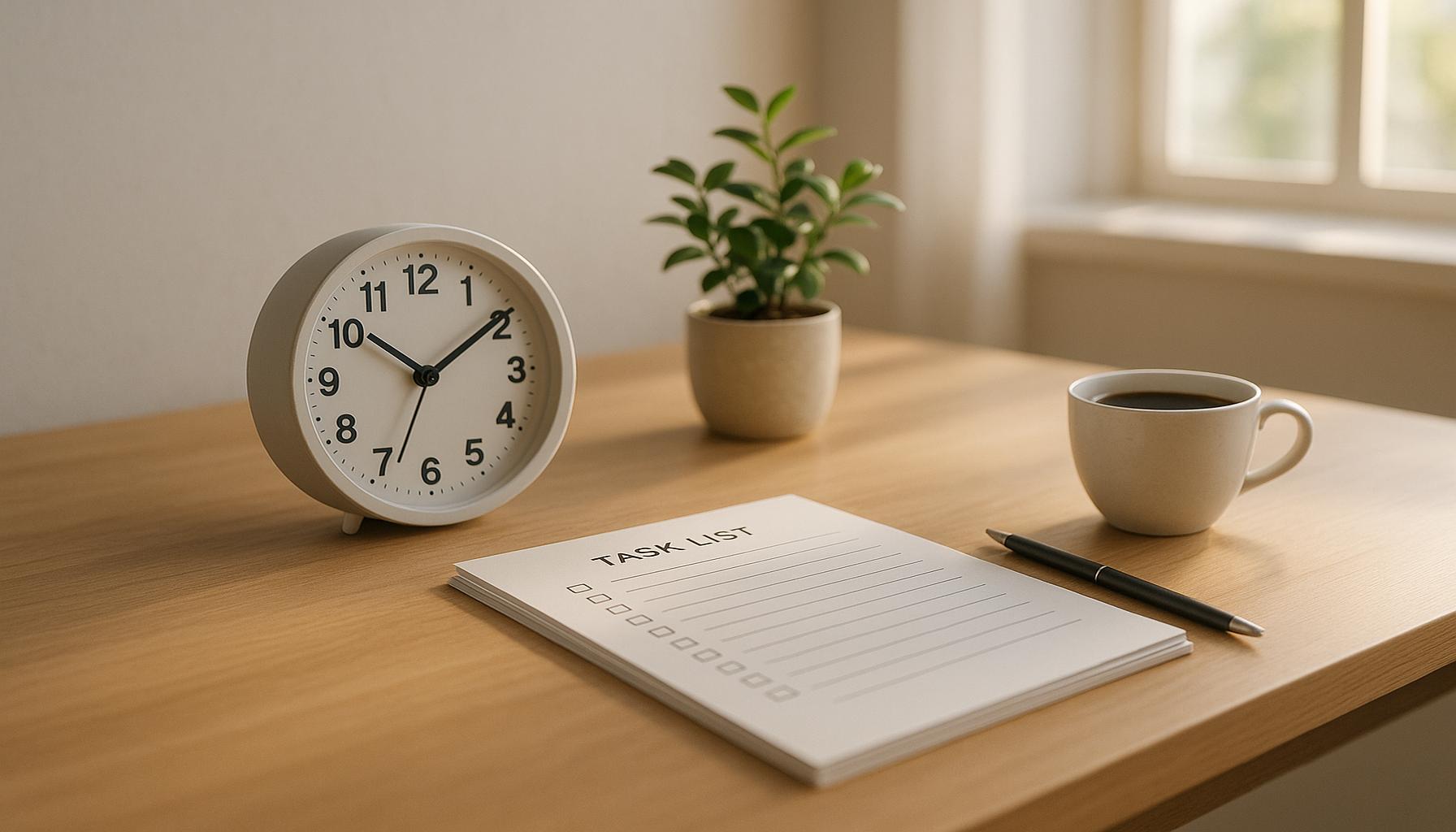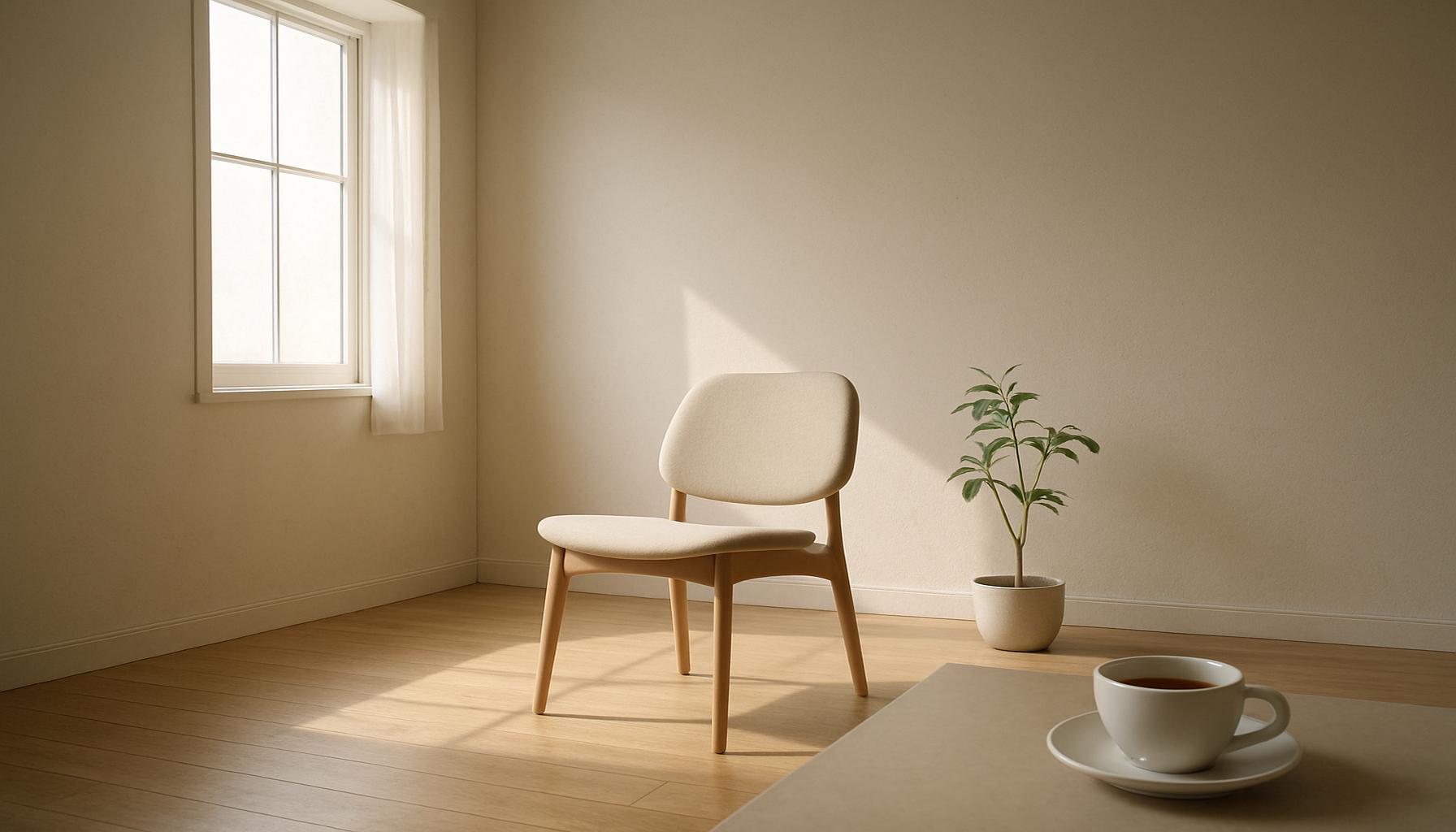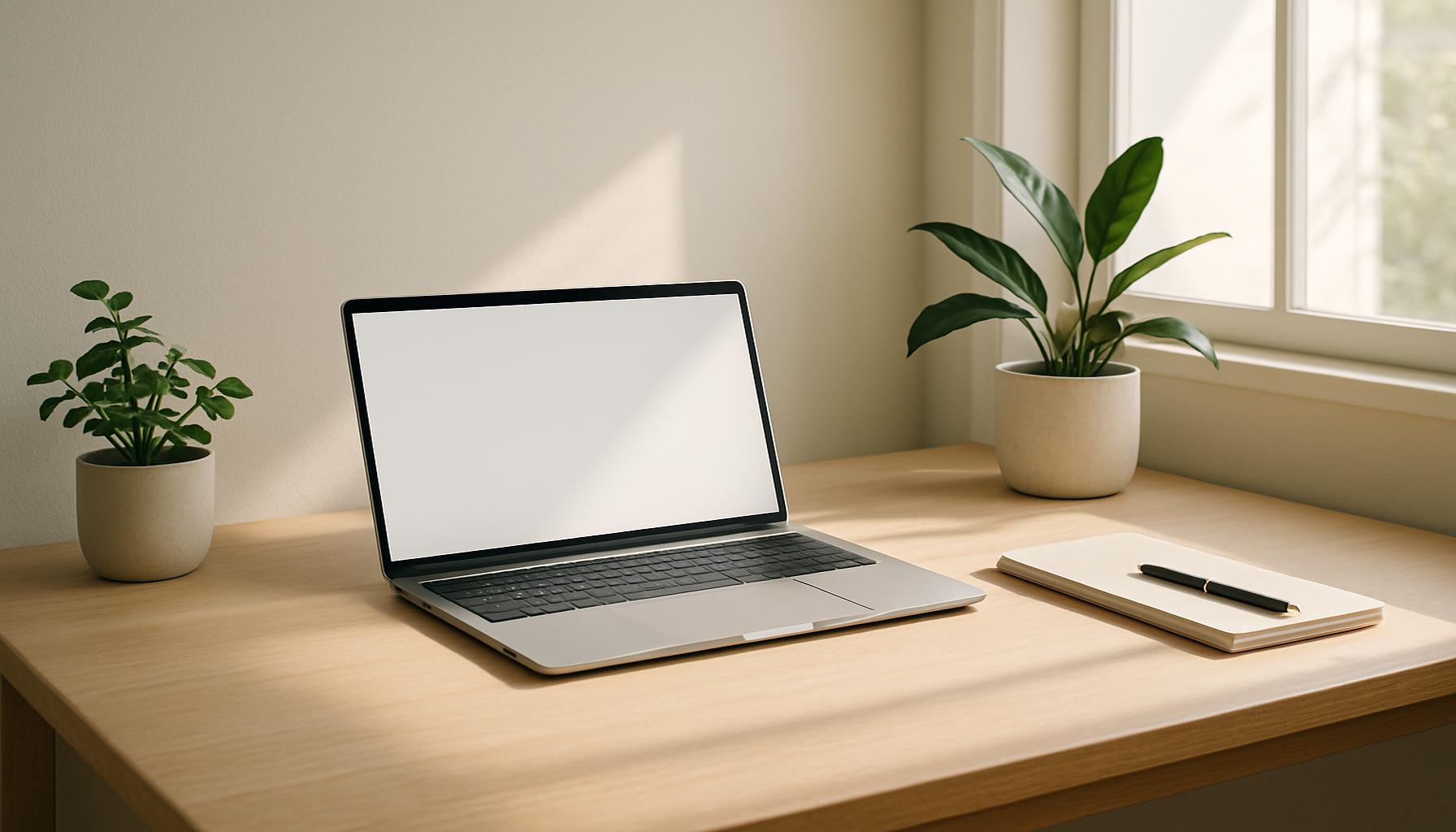Mindfulness and Minimalism Practices: Cultivating Mindfulness in a Distracted World
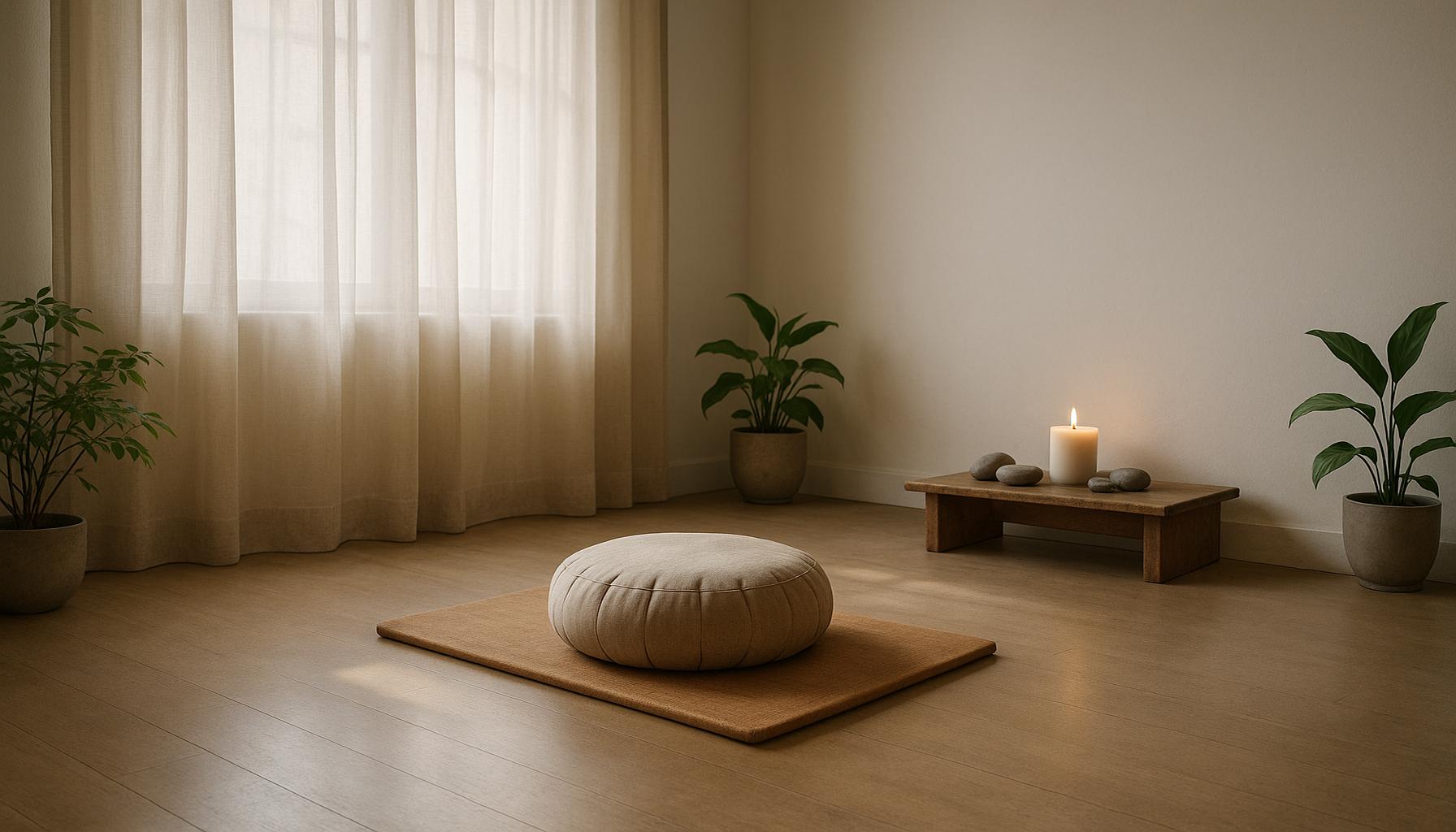
The Call for Mindfulness and Minimalism
In an era dominated by relentless notifications and a deluge of information, the concepts of mindfulness and minimalism rise as powerful tools to reclaim our lives. The modern lifestyle, characterized by overstimulation, can often lead to feelings of anxiety and burnout. Consequently, fostering a deeper sense of awareness and simplifying our environments can act as antidotes to this debilitating condition. Both practices work synergistically, allowing individuals to cultivate an enriched sense of presence and clarity.
Understanding Mindfulness
Mindfulness is more than just a buzzword; it is an ancient practice that encourages individuals to remain present in the moment. Techniques such as meditation, mindful walking, and breathing exercises help enhance focus and awareness. For instance, the simple act of taking a moment to notice your breath can have profound effects on one’s mental and emotional state. Numerous studies have shown that regular mindfulness practice can lead to increased concentration and a notable reduction in symptoms of anxiety and depression.
The Impact of Minimalism
On the other side, minimalism encourages us to simplify our physical surroundings, often leading to a more peaceful mental state. By decluttering our homes and digital spaces, we can significantly reduce distractions and create an environment that fosters creativity and productivity. For example, adopting a minimalist wardrobe by following the “capsule wardrobe” concept not only lessens decision fatigue but also provides a sense of freedom and self-expression. Research has shown that a clutter-free environment can enhance focus and improve the quality of life, making it clear why this approach is gaining traction across the United States.
The Benefits of Combining Mindfulness and Minimalism
When mindfulness and minimalism are practiced in tandem, the benefits extend far beyond the individual. Communities can thrive as people engage more meaningfully with one another, prioritizing connection over consumerism. Increased focus can be observed in workplaces where employees adopt mindful practices, leading to higher productivity and satisfaction. Similarly, as individuals intentionally curate their surroundings, they often experience reduced stress and enhanced well-being, resulting in a more profound emotional stability.
A Path Forward
Exploring these practices is not just about personal improvement; it is about reshaping our collective experience in an increasingly distracted society. By embracing mindful techniques like meditation and adopting minimalist habits such as decluttering, individuals can find pathways to reclaim time and attention from the constant onslaught of notifications. Through intentional living, we can invite a greater degree of peace and simplicity into our lives.
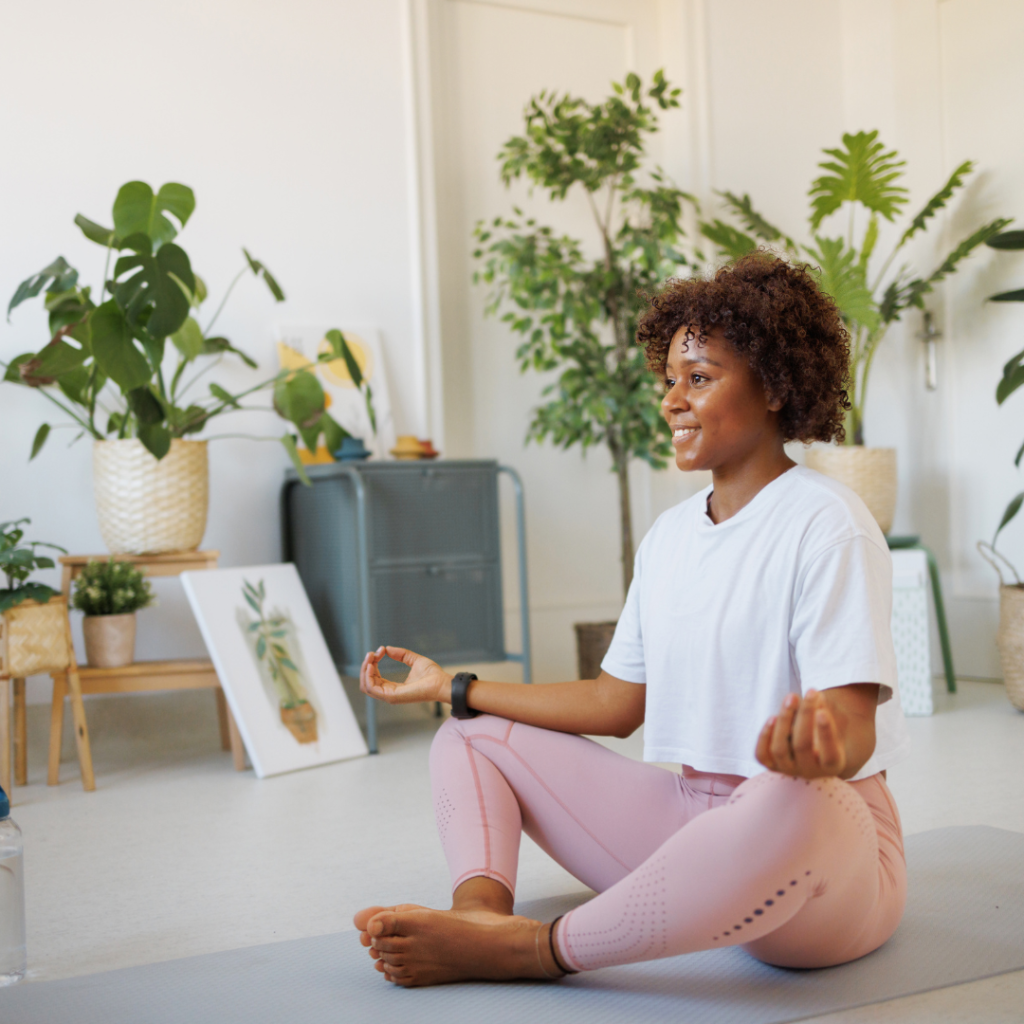
As more people awaken to the predicaments posed by modern life, the importance of mindfulness and minimalism is likely to grow. Staying informed on these topics not only enriches personal knowledge but can also spell the difference between a chaotic existence and a life filled with intention and clarity.
DISCOVER MORE: Click here to learn how minimalism can boost your productivity
Mindfulness Techniques: Simple Steps to Incorporate into Daily Life
Mindfulness techniques serve as vital tools for navigating the complexities of modern life. These practices encourage individuals to pause amidst chaos, granting them a moment to reconnect with themselves and their surroundings. The beauty of mindfulness lies in its accessibility; one does not need a silent retreat or specialized training to begin. Here are some effective mindfulness techniques that can easily be integrated into daily routines:
- Mindful Breathing: This is perhaps the most fundamental practice. Taking just a few minutes a day to focus solely on your breath can center your thoughts and alleviate stress. Inhale deeply through your nose, hold for a moment, and exhale slowly through your mouth. This brief exercise can create a calming effect, allowing cluttered thoughts to subside.
- Mindful Eating: Often, meals become mere moments of rushing through the motions. By savoring each bite and focusing on the sensory experience of eating—such as taste, texture, and aroma—you can foster a deeper appreciation for your food and attain greater satisfaction.
- Body Scan Meditation: This technique encourages awareness of physical sensations throughout the body. Lie down in a comfortable position, close your eyes, and methodically pay attention to different parts of your body, acknowledging tension or discomfort without judgement. Doing this can enhance body awareness and promote relaxation.
- Mindful Walking: Instead of being preoccupied with your thoughts while walking, try to engage fully with the experience. Pay attention to the sensation of your feet touching the ground, the movement of your body, and the sights and sounds surrounding you. This practice can transform a mundane activity into a meditative experience.
Implementing these mindfulness practices need not require extensive time or effort; even short moments of awareness integrated throughout the day can yield remarkable results. Studies indicate that even brief sessions of mindfulness can lead to significant improvements in mood and emotional regulation.
The Essence of Minimalism: Decluttering for Clarity
Similar to mindfulness, minimalism invites individuals to reevaluate their relationship with their belongings and foster intentionality in their lives. By reducing physical and mental clutter, minimalism enhances clarity and focus, allowing for a greater appreciation of what truly matters. Many find that decluttering their environments translates into a sense of inner peace. Here are some approaches to minimalism that can facilitate this transformation:
- The 30-Day Minimalism Game: This challenge invites participants to remove one item on the first day, two items on the second, and so forth, culminating in a month of deliberate decluttering. This approach helps cultivate awareness about excess and encourages a fresh perspective on ownership.
- Capsule Wardrobe: Streamlining your wardrobe into a capsule collection of versatile pieces not only simplifies daily decision-making but also enhances personal style. Individuals often report reduced anxiety about their appearance as a result.
- Digital Decluttering: In an age where digital distractions abound, reducing digital clutter—such as emptying inboxes and organizing files—can enhance focus and productivity. Consider limiting the number of apps or social media platforms you engage with to streamline your digital life.
As individuals adopt both mindfulness and minimalism, they may discover that these interwoven practices empower them to reconnect with their core values and priorities, ultimately leading to a more fulfilled life amidst the distractions of the modern world.
| Advantages | Key Features |
|---|---|
| Enhanced Focus | Mindfulness practices encourage a state of present awareness that significantly reduces distractions, enhancing overall focus. |
| Improved Emotional Well-being | Engaging in mindfulness techniques cultivates emotional resilience, leading to a reduction in anxiety and stress, promoting a healthier mental state. |
In today’s fast-paced world, the inability to sustain attention is often overlooked. However, by embracing both mindfulness and minimalism, individuals can reclaim their focus. Techniques such as meditation, deep breathing, and intentional decluttering serve as powerful tools to shift away from the noise of daily distractions.For instance, practicing mindfulness meditation just for a few minutes daily can foster a profound transformation in how we approach our thoughts and immediate environment. Additionally, minimalism encourages us to simplify our lives, thereby creating a more serene space that promotes mindfulness. This synergetic relationship between mindfulness and minimalism offers an opportunity to cultivate deeper connections with ourselves and the world around us.Furthermore, research suggests that mindfulness results in tangible cognitive benefits. Those who practice regularly often report heightened creativity and sharper problem-solving skills. Such benefits are crucial as they empower individuals to navigate complex challenges with clarity and purpose.By integrating these practices into everyday routines, the journey towards cultivating mindfulness becomes a feasible and rewarding endeavor. In a distracted world, such awareness is not just advantageous; it becomes essential for a fulfilling life.
DISCOVER MORE: Click here to enhance your productivity
Connecting Mindfulness and Minimalism: Creating a Holistic Approach
As one delves deeper into the realms of mindfulness and minimalism, it becomes evident that these practices are not merely individual exercises; they are intrinsically linked, fostering a harmonious lifestyle designed for clarity and presence. In a world pulsating with distractions, this profound connection between mindfulness and minimalism can empower individuals to reclaim their focus and cultivate meaningful experiences.
One of the core principles that unites these two philosophies is intentionality. In our fast-paced society, it’s easy to accumulate material possessions as well as mental baggage. By intentionally choosing what to keep in our lives, we create space—not just physically, but also mentally. Embracing minimalism allows individuals to sift through the chaos, shedding unnecessary items and, in turn, distractions that can hinder mindfulness.
Mindful Consumption: A Key Minamalist Principle
To successfully merge minimalism and mindfulness, one must adopt a practice of mindful consumption. This idea extends beyond purchases; it encapsulates the act of being aware of how we choose to spend our time, attention, and energy. Ask yourself whether a possession truly brings joy or serves a purpose, or whether it quietly contributes to clutter, both in your home and mind. It may be helpful to contemplate the one-in-one-out rule: for every new item introduced into your life, let go of an existing one. This principle can also be applied to experiences and commitments, prioritizing quality engagement over a packed schedule.
The Role of Technology: A Double-Edged Sword
In today’s digitized world, technology offers both opportunities and distractions. While empowering mindfulness practices with various meditation apps, guided sessions, and organizational tools, it can also flood our senses with incessant notifications and information overload. Practicing digital detoxes can enhance both mindfulness and minimalism, allowing individuals to step back from screens and reconnect with the present moment. Schedule periodic breaks from your online life to engage in hobbies, nature walks, or simply enjoy quiet reflection. This approach not only declutters your digital space but fosters a sense of serenity.
Creating a Mindful Minimalist Space
A minimalist approach to your living environment can significantly boost mindfulness. When a space is free from excessive distractions and clutter, it naturally promotes a sense of calm and focus. Consider your surroundings: are there items that no longer serve a purpose or inspire joy? Remove these objects and replace them with elements that resonate with your personal aesthetic or remind you of cherished memories. Incorporating nature, such as plants or natural light, can enrich the ambiance of your space, promoting a tranquil atmosphere conducive to mindfulness.
Incorporating essential aspects of both mindfulness and minimalism fosters a dual pathway to inner peace and clarity. By consciously choosing what to invite into your life, whether it be possessions or activities, you refine your ability to savor each experience fully. This synergy serves to ground you in the present, empowering you to relish the little moments and navigate the noise of the world with grace and purpose.
DON’T MISS: Click here to enhance your productivity
Embracing a Mindful Minimalist Lifestyle
In conclusion, the fusion of mindfulness and minimalism emerges as a powerful antidote to the chaos and distractions of modern life. By adopting intentional practices that prioritize simplicity and presence, individuals can reclaim their attention and create a sanctuary for peace and reflection. This holistic approach not only reduces physical clutter but also alleviates the mental clutter that often weighs us down.
As we navigate an increasingly fast-paced environment, embracing mindful consumption becomes paramount. This involves making conscious choices about what we bring into our lives, ensuring that each item and experience serves a meaningful purpose. Additionally, recognizing the role of technology is crucial; while it offers tools to enhance mindfulness, it can equally contribute to escalating distractions. Regular digital detoxes provide opportunities for connection with nature and self, grounding us in the present moment.
Moreover, creating a mindful minimalist space not only fosters tranquility but also empowers us to focus on what genuinely matters. By cultivating an environment that reflects our values and aspirations, we enhance our ability to engage fully with life’s experiences.
Ultimately, cultivating mindfulness through minimalism invites us to savor life with greater depth and clarity. As we embrace the principles of both practices, we open ourselves to a life rich with purpose, resilience, and serenity. The journey towards a mindful minimalist lifestyle is not merely a personal endeavor; it is a transformative movement towards enhancing our collective well-being in a distracted world.
